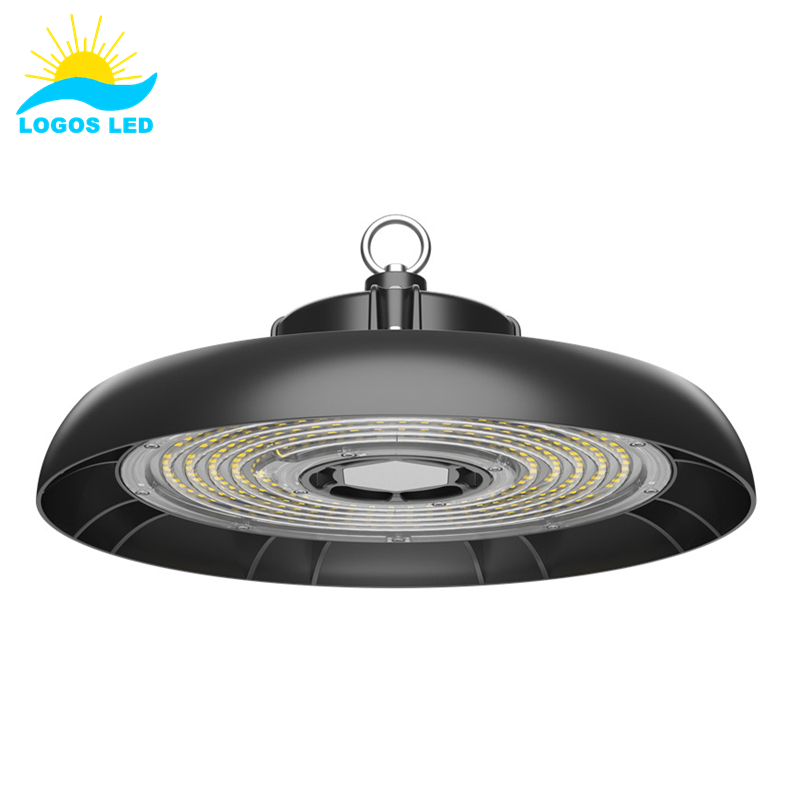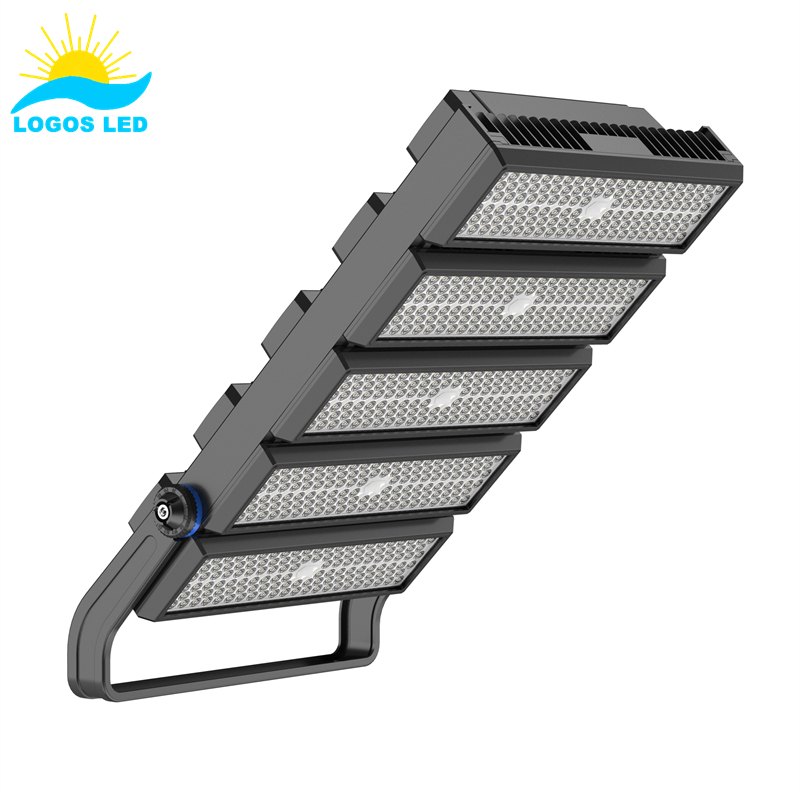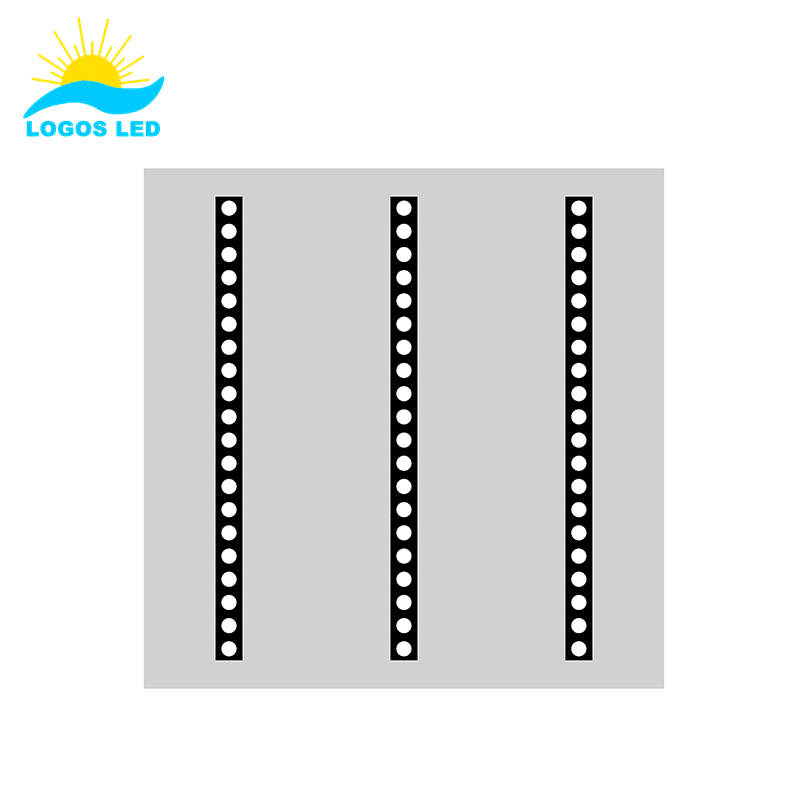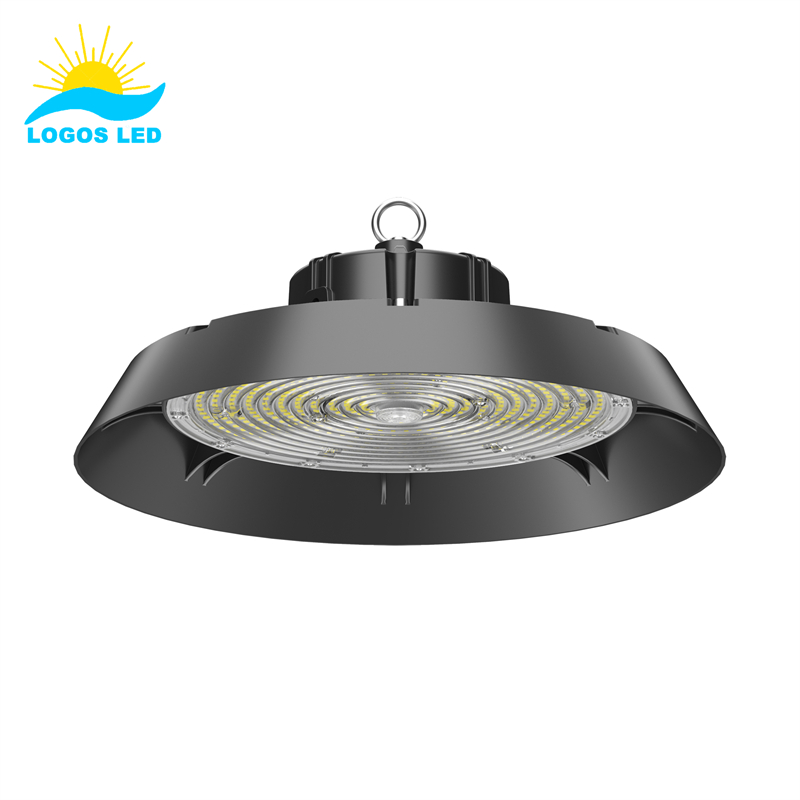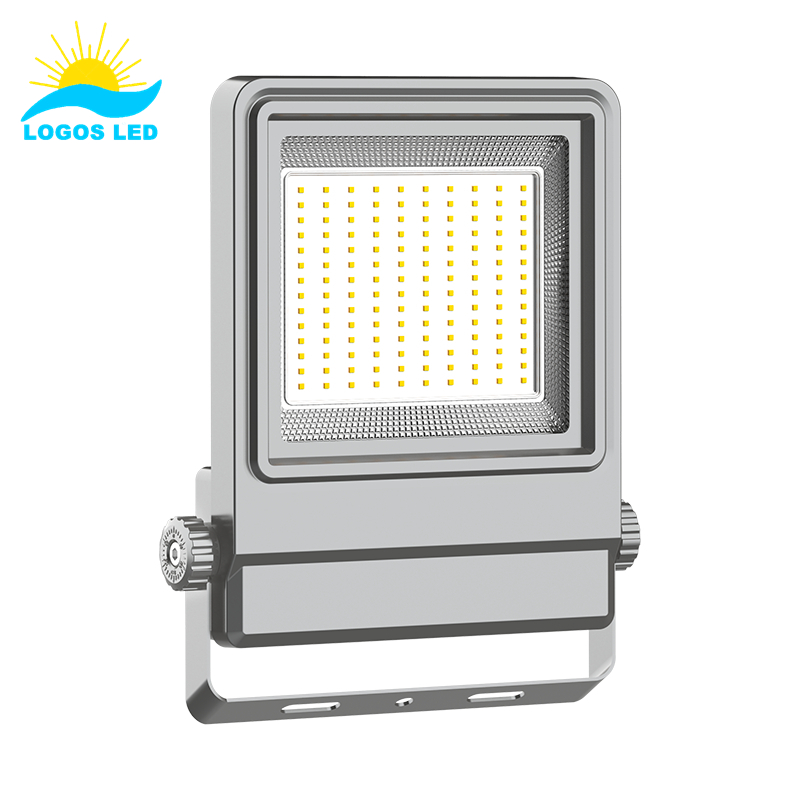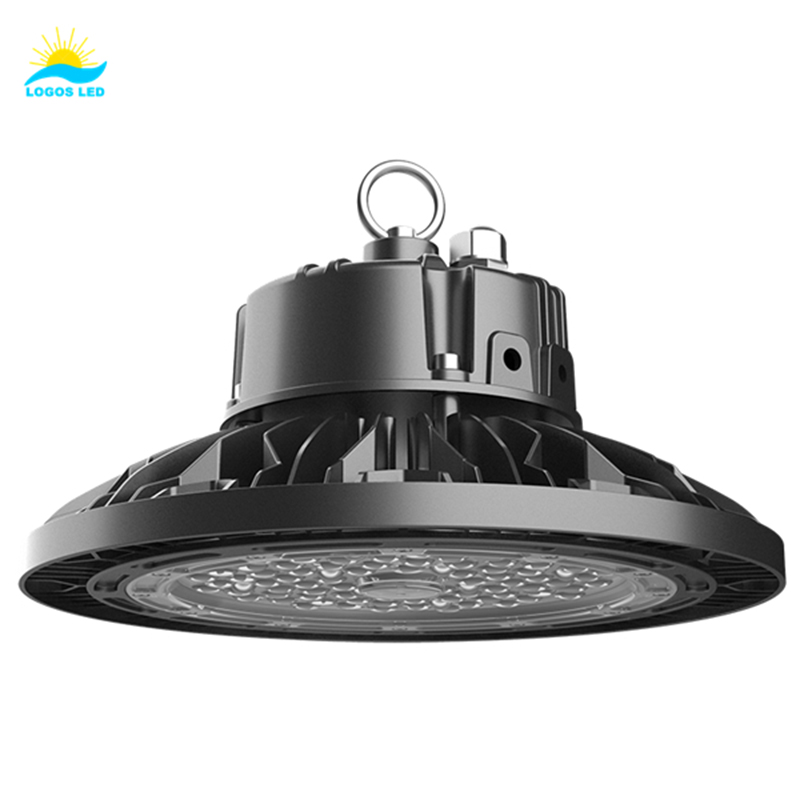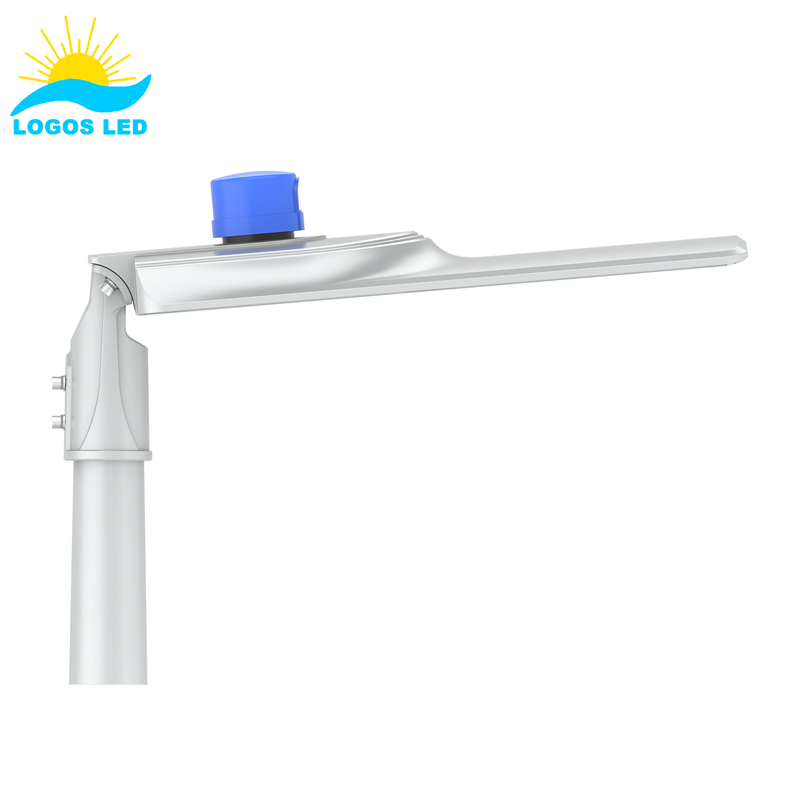LED drivers are the backbone of any LED lighting system. Pick the wrong one, and you’re looking at poor performance, a shorter lifespan, or even damaged lights. It’s easy to get overwhelmed with so many options, but choosing the right driver is key to getting the best out of your LED setup. In this guide, I’ll walk you through everything you need to know to make the right choice and steer clear of expensive mistakes.
When choosing an LED driver, focus on key factors like the type and number of LEDs in your setup, required features (such as dimming or color control), and safety classifications (Class I or II). Ensure compatibility with input voltage, wattage, and output power needs. If the lights are used outdoors or in harsh environments, check the IP rating for protection. Safety certifications matter too. Don’t forget about efficiency, size, and form factor—these impact heat management, performance, and how well the driver fits into your installation.
Not sure where to start? No worries—keep reading, and I’ll break it all down for you so you can make a confident, informed decision.
Table of Contents
What is an LED Driver?
An LED driver, also known as a power supply, is what keeps your LED lights running smoothly. Unlike traditional bulbs, LEDs need a specific voltage and current to work properly. That’s where the driver comes in—it regulates the power supply to ensure stable performance.
A good LED driver does more than just power the light. It keeps brightness steady, protects against power surges, and prevents overheating. Some are built into the fixture (internal), while others are installed separately (external). Either way, the right driver will extend the lifespan of your LED lights and keep them running efficiently.
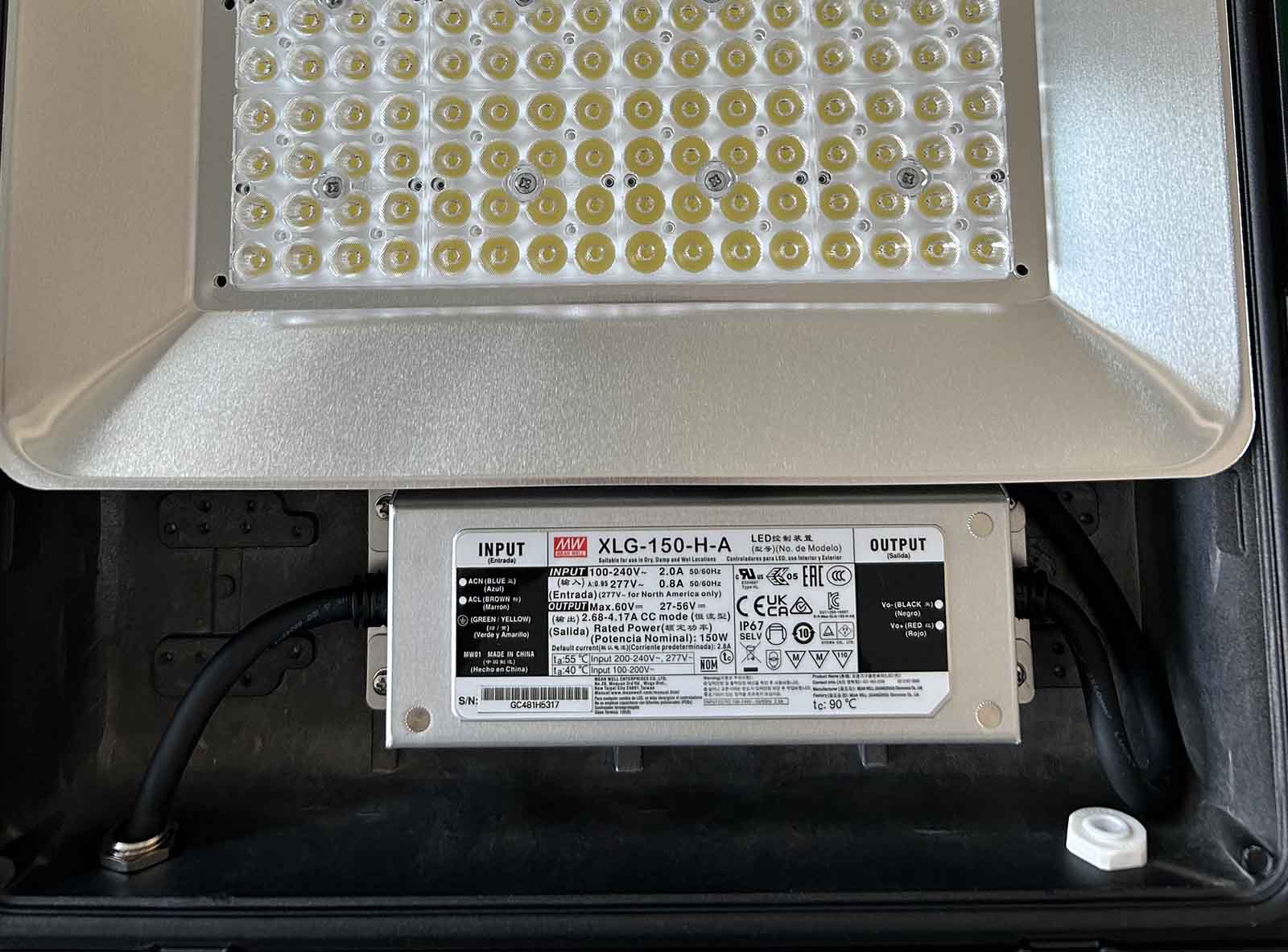
Types of LED Drivers
Constant Voltage Drivers:
These drivers provide a steady voltage output, making them perfect for LEDs that require a fixed voltage to function correctly. You’ll often find them used in LED strips, signage, and under-cabinet lighting—applications where 12V or 24V is the standard. The current fluctuates depending on the connected load.
Constant Current Drivers:
If your LEDs need a stable current to maintain optimal performance, a constant current driver is the way to go. These drivers automatically adjust voltage to keep the current consistent, ensuring uniform brightness and a longer lifespan for your LEDs. They’re widely used in commercial and industrial lighting, including LED panel lights, downlights, streetlights, high-bay lights, and floodlights.
Isolated Drivers:
These drivers separate the input (AC power) from the output (LEDs), offering better protection against electrical surges and faults. They’re the go-to choice for applications where safety is critical, such as industrial lighting, commercial spaces, and medical environments.
Non-Isolated Drivers:
Non-isolated drivers, on the other hand, don’t have electrical separation between input and output. They’re typically smaller and more affordable but offer less protection. These are often used in general commercial and residential lighting where safety concerns are minimal.
Universal Drivers:
For those who need flexibility, universal drivers are the best choice. They can switch between constant voltage and constant current modes, making them ideal for complex lighting systems that combine different types of LEDs. You’ll find them in large-scale projects or multi-functional lighting setups where adaptability is key.
Each type of driver is designed to fit specific needs, ensuring LEDs perform efficiently and safely based on the environment and application.
Key Factors to Consider When Choosing an LED Driver
Type and Number of LED Lights in Your System
The number and type of LEDs in your setup determine the voltage and power requirements of the driver. High-power LEDs or large arrays will need a more capable driver to handle the increased demand.
What Features Do You Need?
Think about the extra functions your lighting system requires. Do you need dimming, color control, or programmable settings? Some setups demand advanced features like multi-zone lighting control, which directly impacts the type of driver you should pick.
Class I or Class II LED Driver
LED drivers are categorized based on safety standards:
- Class I: These require grounding for safety.
- Class II: These are double-insulated and don’t need grounding.
Your choice depends on your installation environment and local electrical codes. If you want to dive deeper into this topic, check out What’s the difference between Class I, Class II, and Class III luminaires?.

IP Rating of LED Driver
The IP (Ingress Protection) rating determines how well the driver resists dust and water. If your LED driver will be exposed to outdoor conditions, moisture, or harsh environments (such as industrial spaces or street lighting), you’ll need a higher IP rating—IP65 or higher—to ensure durability and protection against dust and water ingress.
Input Voltage and Wattage
Make sure the driver matches the input voltage available in your region—whether it’s 110-120V or 220-240V. Also, check that the driver can handle the total wattage of your LED lighting system. If the driver is underpowered, it can overheat or fail prematurely. Choosing a driver with a little extra capacity (around 20-30% higher than your actual load) is a good practice to ensure longevity.
Output Power of LED Driver
The output power must align with your LED lighting system. If the driver supplies too little power, your lights may flicker or underperform. If it’s too high, it can shorten the lifespan of the LEDs. Picking the correct wattage ensures stable brightness, longer lifespan, and optimal performance.
Output Voltage and Output Current
For constant voltage drivers, the output voltage must match the LED’s rated voltage, while the current varies based on the load.
For constant current drivers, the output current must remain stable, while the voltage fluctuates depending on the LED’s requirements.
Matching these specifications to your LEDs is crucial for reliable performance and longer-lasting lighting.
Safety and Efficiency
Always choose LED drivers with recognized safety certifications, such as UL or CE. These certifications ensure compliance with electrical safety standards, reducing the risk of failures or hazards.
Efficiency matters too—higher efficiency means lower energy consumption, less heat generation, and longer-lasting LEDs. A well-designed driver not only saves on electricity costs but also improves overall system reliability.
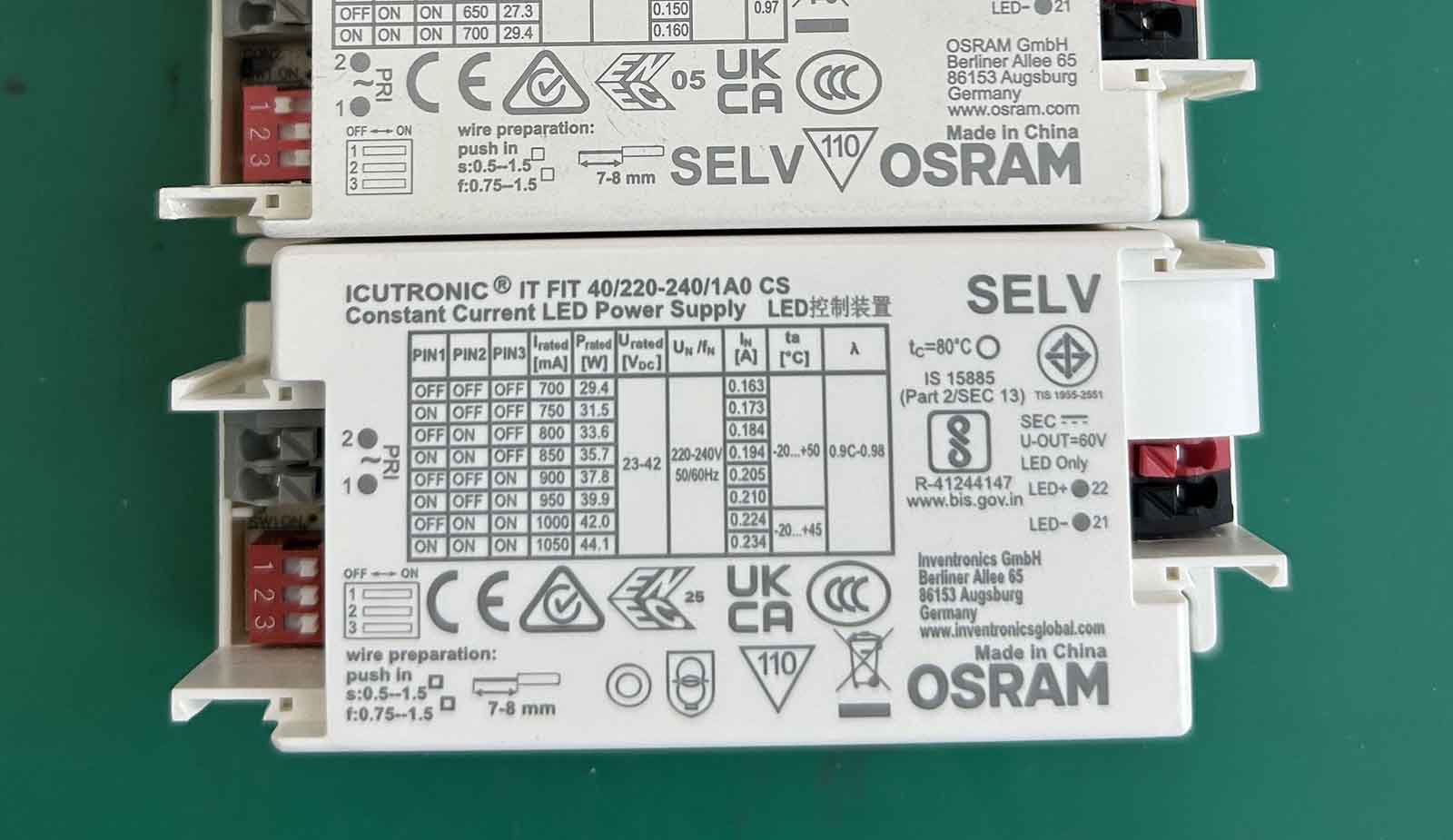
Size and Form Factor
The physical dimensions of the LED driver should match the available space in your fixture or installation area. Compact drivers work best in tight spaces, while larger drivers generally offer better heat dissipation and higher power capacity. Also, consider the mounting options and installation environment to ensure a secure and efficient setup.
Learn more about Top 10 LED Driver Manufacturers in China.
How Do I Know Which LED Driver I Need?
To choose the right LED driver, you need to check the voltage, wattage, and current requirements of your LED fixture.
– The voltage rating of the driver must match the LED’s voltage requirement.
– The driver’s wattage capacity should be enough to support the total LED load.
– The current output must be suitable for the LEDs in your system.
Matching these specifications ensures proper performance and prevents damage to your LEDs.
What Power LED Driver Do I Need?
The power of the LED driver depends on the total wattage of the LEDs it will power. To calculate this:
– Add up the wattage of all LEDs in your system.
– Example: If you have 100 LEDs, each consuming 1W, your total requirement is 100W.
– Choose a driver with slightly higher wattage capacity (e.g., 120W driver for a 100W load) to prevent overloading and extend lifespan.
Are All LED Drivers Compatible?
No, not all LED drivers are universal. Compatibility depends on:
– Voltage and current ratings
– Dimming capabilities
– Type of LED fixture
Using the wrong driver can cause malfunctions or even damage the LEDs. Always check the specifications of both the LEDs and the driver before purchasing.
How to Tell If an LED Driver Is Bad?
A failing LED driver often shows these signs:
– Flickering or dimming lights
– Lights that won’t turn on
– Overheating or burnt smell
– Unusual noises
To confirm a failure, use a multimeter to check the output voltage and current. If the readings fluctuate or are incorrect, the driver needs to be replaced.
Can I Replace an LED Driver Myself?
Yes, if you have basic electrical knowledge, you can replace an LED driver by following these steps:
1. Turn off the power to avoid electrical hazards.
2. Disconnect the faulty driver and note the wiring connections.
3. Install the new driver, ensuring it matches the voltage, current, and wattage ratings.
4. Secure the connections and turn the power back on.
If unsure, consult a professional to ensure safety and proper installation.
Can You Run LEDs Without a Driver?
No, LEDs require a driver to regulate power. Without one, LEDs may:
– Receive too much power, causing overheating and failure.
– Experience voltage fluctuations, leading to inconsistent performance.
A properly matched LED driver ensures stability, efficiency, and longer lifespan.
How Many LEDs Can You Run With a Driver?
The number of LEDs a driver can support depends on:
– The total wattage of the LEDs
– The driver’s power rating
For example, a 100W driver can support:
– 100 LEDs at 1W each
– 200 LEDs at 0.5W each
Ensure the total wattage does not exceed the driver’s capacity. If you need to power more LEDs, use a higher-rated driver or multiple drivers.
What Are the Different Types of LED Drivers?
There are two primary types of LED drivers:
Constant Current Drivers
- Regulate current, adjusting voltage as needed.
- Required for high-power LEDs that need a fixed current.
- Commonly used in industrial and commercial lighting.
Constant Voltage Drivers
- Provide a steady voltage output, while the current varies.
- Used for LED strips, signage, and under-cabinet lighting.
Choosing the right driver depends on your LED system’s design and requirements.
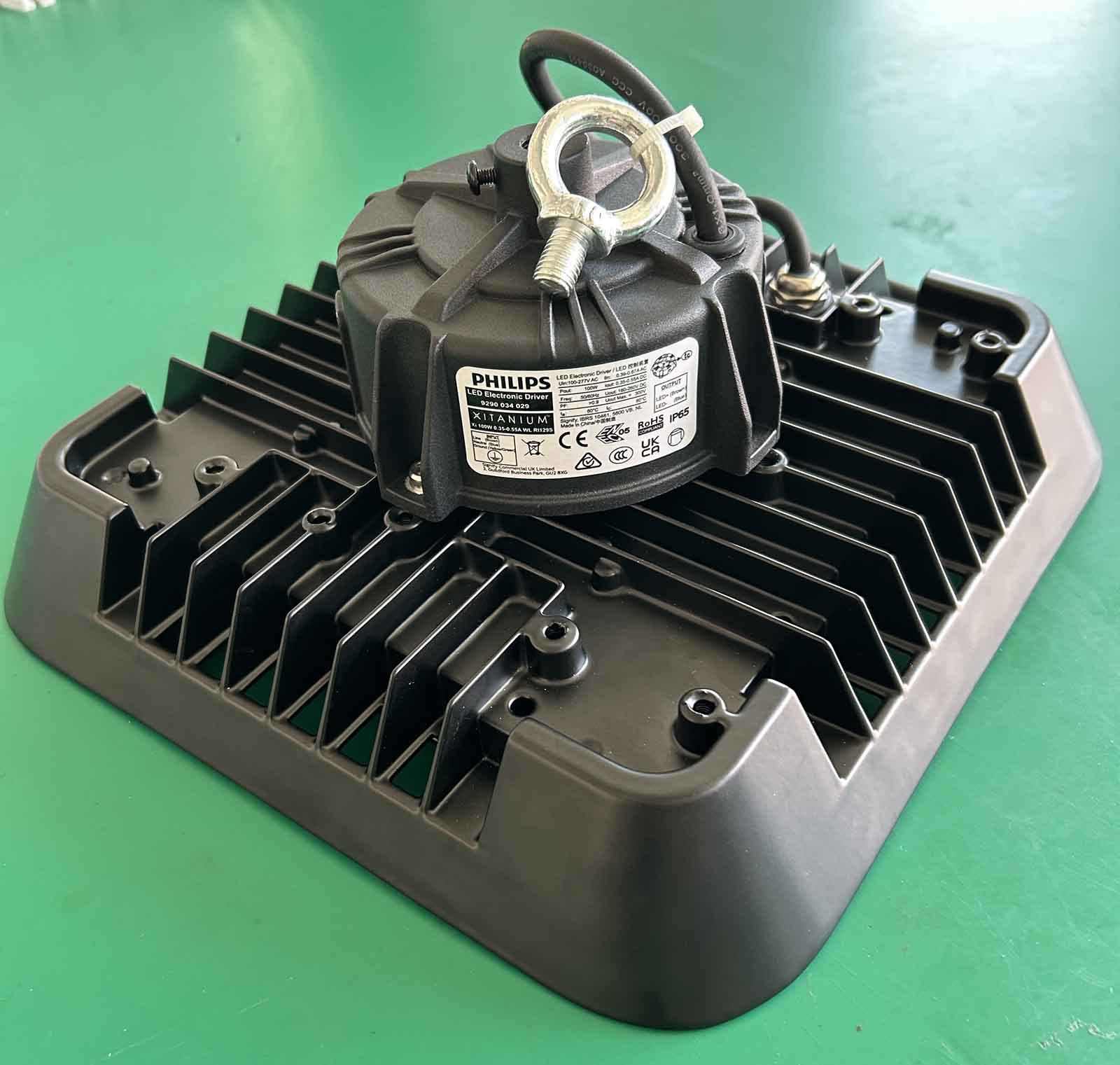
Conclusion
Picking the right LED driver is key to getting the best performance and longest lifespan out of your LED lighting system. By understanding your LED requirements, ensuring compatibility, and selecting the correct driver type, you can avoid common problems like flickering, overheating, or premature failure.
Always choose a driver that meets the power needs of your LEDs, and if you’re ever unsure, consult a professional to make the right choice. A properly matched driver ensures efficient operation, stable performance, and extended LED life, giving you reliable lighting for years to come.
Request A Free Quote Now!
Send us a message if you have any questions or request a quote. We will get back to you ASAP!



